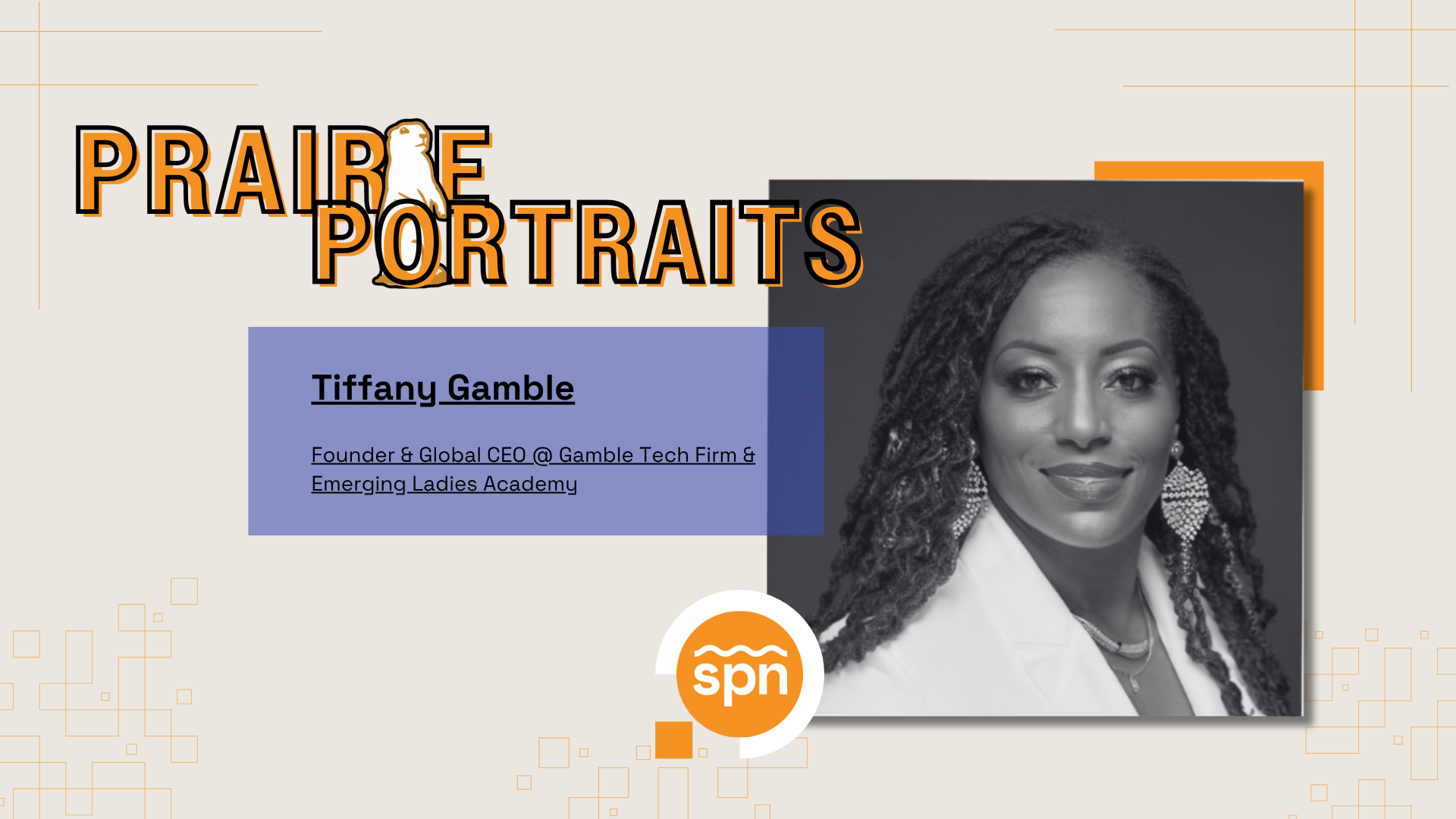This is a guest post by Lateef Johnson, founder and CEO of Lincoln-based Deckerton, a software as a service referral automation system.
Screenshot of deckertron.com, taken August 26, 2010
For first-time entrepreneurs the first step is always the hardest. This is a story about that step.
When I decided to start my own company I was thrilled at the possibilities. We could create something brand new, something disruptive. But there are two challenges with disruptive technology: one, it’s hard to do on a budget, and two, it’s hard to know where to start. To deal with that, I had to come up with a game plan that would get the ball rolling in the right direction and get the biggest impact while spending the least resources. This is the challenge I took on when I quit my high-paying job at an awesome company.
The Game Plan: Brainstorm, Design, Develop, Release
Brainstorm
“Brainstorming” is one of those terms that’s hard to take completely seriously because it sounds like a euphemism for avoiding real work. But, in fact, brainstorming has a real business purpose and was critical for developing our prototype.
Our brainstorming process took about 45 minutes. It was effective because we started with the right question: What do companies really need? The primary reason we focused on companies is that they can always come up with budget for good solutions delivered by credible people. I’ve seen companies spend millions on terrible solutions, so I know they will pony up for quality.
Starting with the right question prevented us from brainstorming about technology. Instead, we brainstormed about customer needs and how to meet them. The result was a software solution that could meet customers’ needs, but was also the simplest solution available. We simply refused to geek out about technology, only customer requirements.
Design
Once our brainstorming determined our ultimate goal for automating referrals, it was time to design. For design, we applied a unique constraint. For our mock-ups we didn’t use full-featured design tools or a professional designer. I personally used Microsoft Word on a six-year-old laptop for all of our mock-ups That’s right, slow software on slow hardware. It was so slow I doubt a professional designer would put up with it. But in the end, we came up with a very basic page: two sentences of descriptive text and six form fields. That’s it. An interface simple enough for anyone to use.
Here’s the thing: we knew our customers didn’t give a rip about what tools we used to design the site. We knew they wanted something effective and simple to understand. In an age of overwhelming information, simple is better. Effectiveness is king.
Development
Once the design was mocked up and I handed it to the developer, the most important thing was to stop talking. The ability to shut up was the critical skill during this phase. This is where scrum development and the Lean Startup methodology start to show their value. When the client shuts up, it allows the developers to focus on what really matters – reproducing the design in the form of software code. Shutting up is hard because creative people that do things like start companies tend to have a lot of ideas, and they really like to talk about those ideas. But if you can’t shut up, you can’t make fast progress.
Release
Once it’s done, having the guts to release a prototype is difficult. It doesn’t look great. It doesn’t look like something you can be proud of. It looks kind of boring and ugly. But if it works, none of that matters.
However it’s very hard to believe that looks don’t matter when you’re showing it to your friends. You want them to be excited about it. You want them to tell other friends and generate a ton of excitement about your product. Yet when anyone looks at a prototype of business software its almost genetically impossible to get excited about it. This is where I paraphrase Steve Blank: “You have to be willing to show a customer something that you would be embarrassed to show your best friend.”
Screenshot of deckertron.com, taken June 1, 2010
I showed it to my best friends, all of whom are technical and all of whom were underwhelmed. But I had faith that my customers wouldn’t care as long as it worked.
Case in point: Have you ever worked with Oracle Financials? I have, and it’s ugly as sin. Most Oracle apps look like they were designed by a color-blind robot. Yet Oracle is consistently one of the most profitable companies on the planet. Why? Oracle’s customers need it to work. They don’t need it to look cool or impressive. Business customers prefer systems that work over systems that look cool, and that was critical for us to understand and believe when we were creating a prototype. (Fortunately, we have since redesigned our site and now it looks a lot better).
That’s it. We did all of that and came up with a prototype in three weeks: a miracle in software development. We then had something we could demonstrate in three minutes to potential customers and potential investors. They weren’t blown away by our technology or design. But we were always able to get a second meeting because we had something that worked and had the potential to solve the customer’s pain.
That’s how I went from nothing to prototype in three weeks.
 Lateef Johnson can be reached at ceo@deckerton.com, or find him on Twitter, @GoLateef.
Lateef Johnson can be reached at ceo@deckerton.com, or find him on Twitter, @GoLateef.





